In Siena there are some fountains, fed by the bottini, the galleries of a medieval underground aqueduct built from the 12th century. These galleries are 25 km in length, channelling water from seepage from surrounding countryside. The city is built on several hills and is far from the rivers.
The galleries of the bottini are visible with guides on occasion, with the volunteers of the Association La Diana (for a long time the Sienese searched in vain for the Diana, a legendary underground river).
There are several galleries networks, the oldest being the Bottino Maestro de Fontebranda, very deep, bringing water from the source Fontebranda to the Fontebranda Fountain (11th or older), the next was the Bottino Maestro de Fonte Gaia (14th century) which feeds the Fonte Gaia in Piazza del Campo.
Mention should be made of the interesting Water Museum at the Pescaia Fountain.
Many sources have monumental structures, such as those from the 13th and 14th centuries, such as Fontebranda.
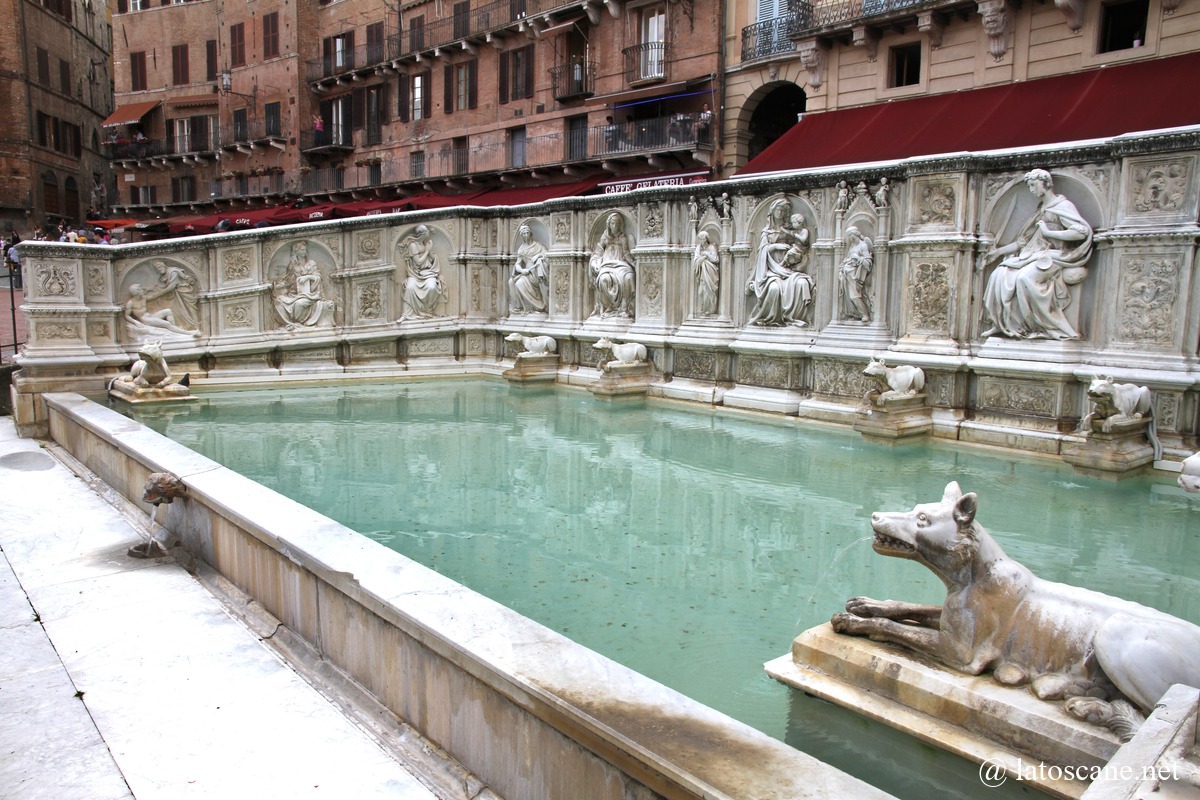
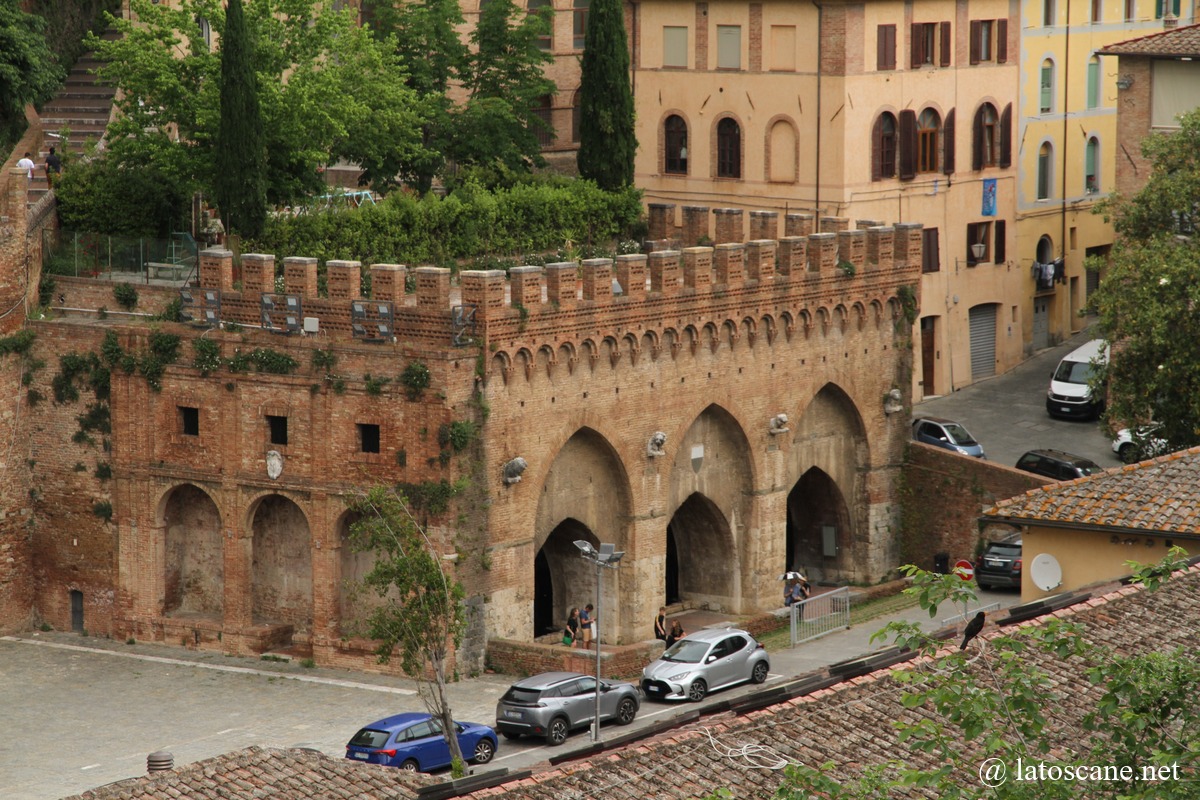
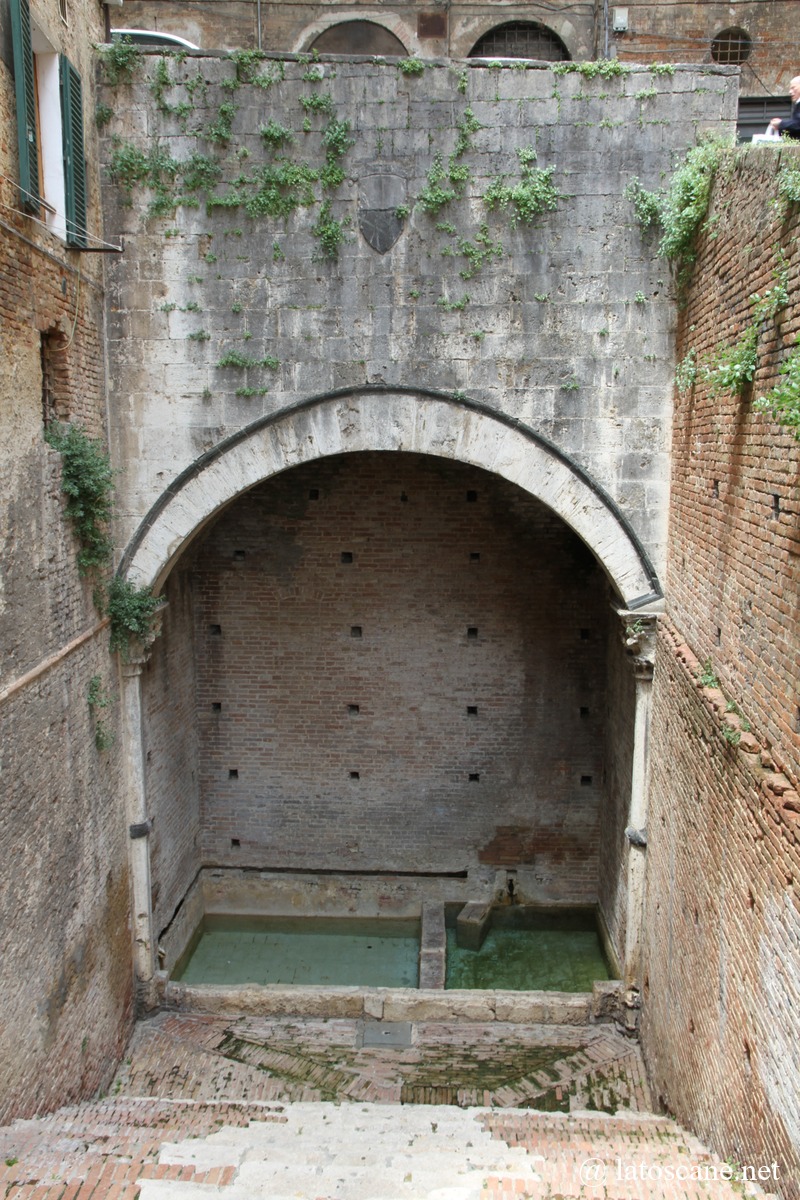
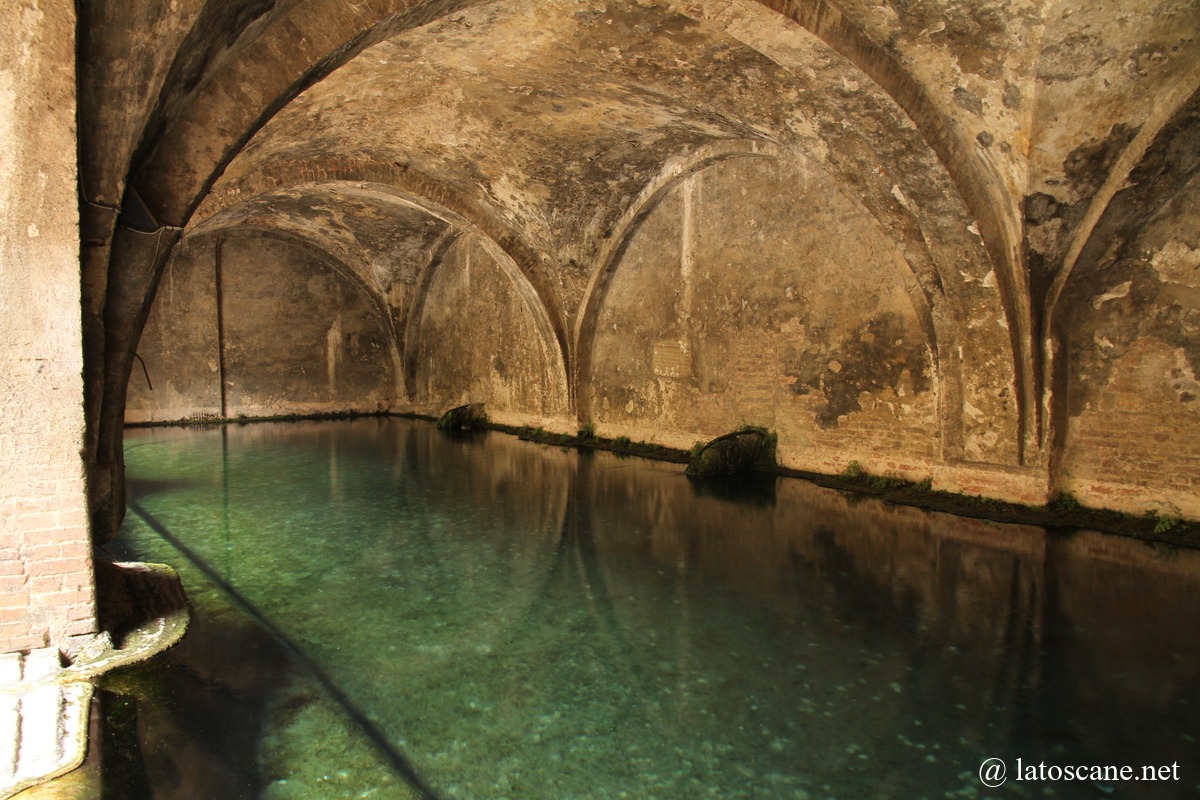
Fonte Gaia
In the upper part of Piazza del Campo is the most artistic fountain in Siena, the Fonte Gaia. The work was created by Jacopo della Quercia in 1419, replacing an old public fountain built in 1346. Is name Gaia (Cheerful in English) in reference to the joy of the inhabitants at seeing the water reach the heart of Siena.
The current sculptures are copies made in the 19th century, the damaged originals are now preserved in Museum of Santa Maria della Scala.
On its sides are the bas-reliefs with the Creation of Adam, the Expulsion from the Garden of Eden. On the front pillars are reliefs representing Acca Larenzia and Rea Silvia, in tribute to the Roman origins of the city. On the longer side, in the centre, the Virgin and Child surrounded by the allegories of the Virtues.
Fontebranda
The Fontebranda is the oldest and largest of the fountains in Siena, near the Porta di Fontebranda, in the Contrada dell’Oca below the Basilica of Saint Dominic. It was built in the 13th century, covered by three Gothic arcades. It also served as a washing house and a sump for tanners.
It had three separate basins, the first for drinking water, the second as a watering hole for animals, and the third as a washing house. The waters passed from one to another, those coming from the last served the tanners and fed mills.
It is quoted by Dante in the Divine Comedy and by Boccaccio in the Decameron.
Fonte del Casato
The Fonte del Casato fountain is a neat and unadorned fountain, but it stands out in its position surrounded by houses and covered by a street near Piazza del Campo, at the corner of Vicolo della Fonte and at the foot of stairs.
Fonte Pescaia and the Water Museum
The Siena Water Museum occupies three floors (18th and 19th centuries) above the Fonte Pescaia .
The multimedia and audiovisual route allows visitors to learn about the history of Siena, with its important underground system of bottini, embellished with stories, ancient testimonies and objects.
The complete visit, organized by La Diana Association, also offers an interesting excursion inside the bottino of Pescaia source.
Fonte Nuova d’Ovile
Just east of Siena, near the homonymous gate, is the Fonte Nuova d’Ovile just outside of the walls. It is a beautiful building with its gothic arcades.
Fonte delle Monache
Near the San Marco Gate in the south-west of Siena and the green surroundings, with a beautiful panorama, the Fountain of the Nuns (Fonte delle Monache) is a suggestive half hidden fountain, dug into the rock to which leads a tunnel.
She can visit on weekends by reservation with the association Diana.
Contrada’s fountain
The Contrada districts count seventeen fountains, some of them ornamental, created in the 1930s from previous structures. They are the symbol of each Contrada, and are traditionally used as baptismal fonts.
Map with fountains of Siena
If you see this after your page is loaded completely, leafletJS files are missing.
Sources and links
- Tourist portal : visitsienaofficial.it
- Other websites : www.ilpalio.org
Articles about Siena
- Siena
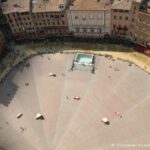 Siena is with Florence one of the most attractive destinations in the region. City of the famous palio, an equestrian race, it is a unique medieval town located in the ...
Siena is with Florence one of the most attractive destinations in the region. City of the famous palio, an equestrian race, it is a unique medieval town located in the ... - Things to do and see in Siena
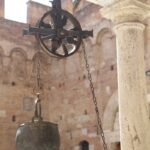 Siena deserves plenty of days to measure its charm. However, it is not a very large city and two days can be enough to bring back beautiful memories. Piazza del Campo ...
Siena deserves plenty of days to measure its charm. However, it is not a very large city and two days can be enough to bring back beautiful memories. Piazza del Campo ... - Piazza del Campo in Siena
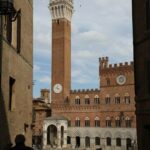 The Piazza del Campo is undoubtedly one of the most beautiful and elegant squares in the world, built between 1293 and 1349. It is the heart of the city of ...
The Piazza del Campo is undoubtedly one of the most beautiful and elegant squares in the world, built between 1293 and 1349. It is the heart of the city of ... - Siena Cathedral
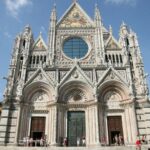 The Siena Cathedral dedicated to Assumption of Mary (Cattedrale di Santa Maria Assunta in Italian) stands out for its white and black stones and marble is certainly one of the ...
The Siena Cathedral dedicated to Assumption of Mary (Cattedrale di Santa Maria Assunta in Italian) stands out for its white and black stones and marble is certainly one of the ... - Palazzo Pubblico in Siena
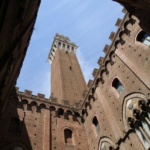 The most imposing building in Piazza del Campo is the Palazzo Pubblico with the very large tower next to the Torre della Mangia. Also called Communal Palace, it was built ...
The most imposing building in Piazza del Campo is the Palazzo Pubblico with the very large tower next to the Torre della Mangia. Also called Communal Palace, it was built ... - Civic Museum of Siena
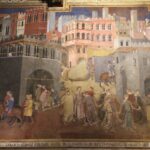 The Siena Civic Museum, the Museo Civico, was built in the 1930s on the first and second floors of the Palazzo Pubblico. Its visit (about an hour) is highly recommended, ...
The Siena Civic Museum, the Museo Civico, was built in the 1930s on the first and second floors of the Palazzo Pubblico. Its visit (about an hour) is highly recommended, ... - Palio di Siena
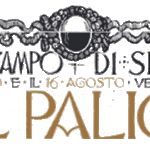 The Palio of Siena is a famous equestrian race that pits the different districts of the city (called the contrade), whose origins date back to the medieval games, held on ...
The Palio of Siena is a famous equestrian race that pits the different districts of the city (called the contrade), whose origins date back to the medieval games, held on ... - Santa Maria della Scala Hospital
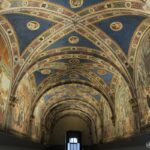 The ancient hospital for pilgrims, Santa Maria della Scala, is home to a vast and rich museum complex in Siena that covers 19,000 m 2. It is an essential step ...
The ancient hospital for pilgrims, Santa Maria della Scala, is home to a vast and rich museum complex in Siena that covers 19,000 m 2. It is an essential step ... - Palaces in Siena
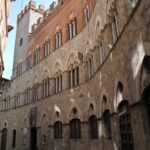 The streets of Siena are charming with their splendid palaces, most of them from the Middle Ages, some dating back to the Renaissance. They do not lack elegance with their ...
The streets of Siena are charming with their splendid palaces, most of them from the Middle Ages, some dating back to the Renaissance. They do not lack elegance with their ... - Pinacoteca Nazionale in Siena
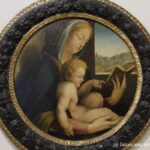 The Pinacoteca Nazionale di Siena is an important Italian museum, especially for its collection of ” paintings on gold background ” from the 14th and 15th centuries in Siena. It ...
The Pinacoteca Nazionale di Siena is an important Italian museum, especially for its collection of ” paintings on gold background ” from the 14th and 15th centuries in Siena. It ... - Basilica of San Dominico in Siena
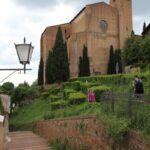 The Basilica di San Domenico in Siena, also known as Basilica Cateriniana, is one of the most important churches in the city, with its imposing Gothic architecture and Renaissance works. ...
The Basilica di San Domenico in Siena, also known as Basilica Cateriniana, is one of the most important churches in the city, with its imposing Gothic architecture and Renaissance works. ... - Saint Catherine Sanctuary in Siena
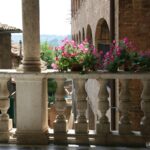 The Sanctuary of Saint Catherine of Siena (Santuario-Casa di Santa Caterina) is located on Hill San Antonio in Siena, consisting of the old house of the Benincasa, the family of ...
The Sanctuary of Saint Catherine of Siena (Santuario-Casa di Santa Caterina) is located on Hill San Antonio in Siena, consisting of the old house of the Benincasa, the family of ... - Other churches in Siena
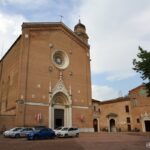 Basilica of Saint Francis in Siena The Basilica of San Francesco di Siena is one of the most important churches in Siena, located on the homonymous square. Between 1228 and 1255, ...
Basilica of Saint Francis in Siena The Basilica of San Francesco di Siena is one of the most important churches in Siena, located on the homonymous square. Between 1228 and 1255, ... - Gates and other sights of Siena
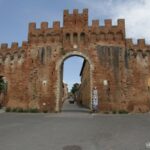 This page is dedicated to other interesting places in Siena, including its walls and gates, loggias, the Medici Fortress, some squares and streets of the center. Walls and gates of Siena Siena ...
This page is dedicated to other interesting places in Siena, including its walls and gates, loggias, the Medici Fortress, some squares and streets of the center. Walls and gates of Siena Siena ... - Tickets and guided tours in Siena
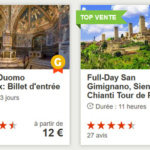 Tickets and proposals for guided tours in Siena, entrance tickets, city tours, with the cathedral complex, Piazza del Campo, excursions in the surrounding area, activities, etc Into the same category
Tickets and proposals for guided tours in Siena, entrance tickets, city tours, with the cathedral complex, Piazza del Campo, excursions in the surrounding area, activities, etc Into the same category - Interactive map of Siena
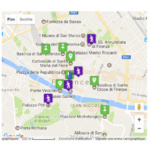 Carte de Sienne interactive avec les principaux monuments et les lieux secondaires, églises, palais et musées
Carte de Sienne interactive avec les principaux monuments et les lieux secondaires, églises, palais et musées - Hotels and accommodations in Siena
 Book now accommodation in Siena, between hotel, rooms and apartments. Hundreds of choices with customer ratings
Book now accommodation in Siena, between hotel, rooms and apartments. Hundreds of choices with customer ratings - Short history of Siena
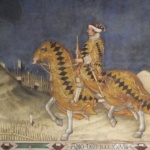 Although it seems that the Etruscans had occupied the territory of Siena, its foundation dates from the time of the emperor Augustus where a Roman colony was established under ...
Although it seems that the Etruscans had occupied the territory of Siena, its foundation dates from the time of the emperor Augustus where a Roman colony was established under ...
No Comments Yet